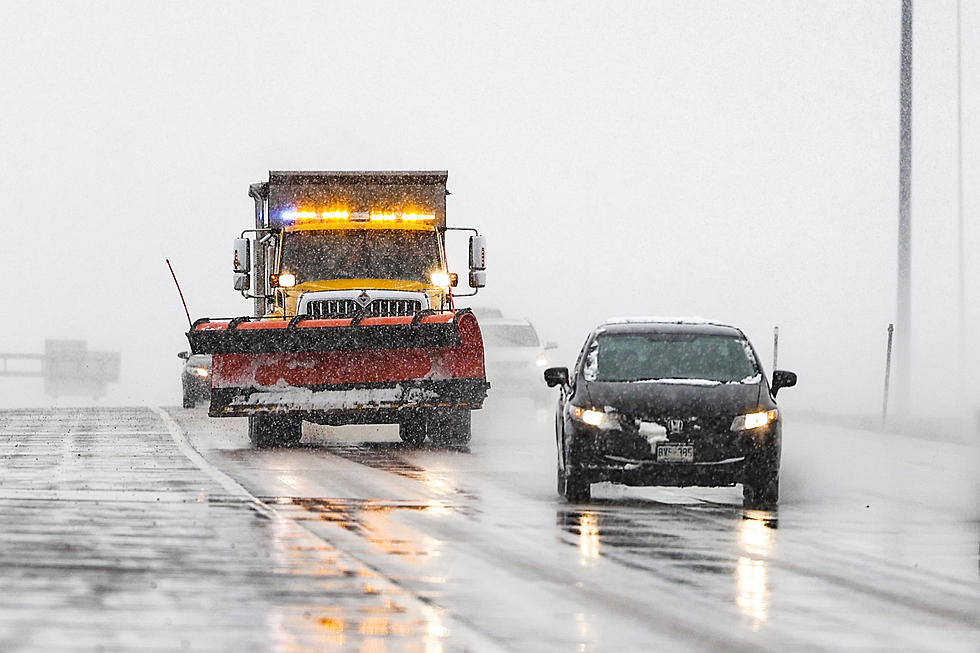
Is Road Salt Polluting Our Water in Iowa & Wisconsin?
The short answer is yes, over-use of road salt can absolutely be damaging to our local environment and watershed as a whole. The good news is, our local DNR in Iowa and Wisconsin are doing their best to lessen the impact and educate the public on correct salt usage this winter.
Winter brings both beauty and challenges, with snow-covered landscapes and icy roads. However, the common practice of using road salt to melt ice can come at a significant cost to the environment. As Winter Salt Awareness Week approaches (January 22nd-26th), it is crucial to shed light on the environmental impact of road salt and explore initiatives aimed at reducing its harmful effects on freshwater ecosystems and drinking water.
In Iowa, the Department of Transportation (DOT) has taken innovative steps to address the environmental consequences of road salt. Aware of the impact on local ecosystems, the DOT now collects salty wash water from truck cleaning across the state. This collected water is processed or recycled to create a salty brine, used to treat roads during challenging winter driving conditions. This initiative not only limits salt runoff directly into Iowa's waters but also promotes long-term environmental health.
Similarly, in Wisconsin, the Department of Natural Resources (DNR) and Wisconsin Salt Wise are actively engaging the public in Winter Salt Awareness Week. The state faces a significant challenge as chloride levels from road salt infiltrate lakes, streams, and groundwater. With speakers like Hillary Dugan from the University of Wisconsin-Madison and Laura Fey from Montana State University, the livestreamed events aim to educate the public on the actual cost of salt and how to advocate for freshwater preservation.
Wisconsin's DNR measures chloride levels in rivers, revealing a stark increase over the years. The cumulative chloride loading results at 26 of the state's largest river systems have shown a rise from 600,000 tons in the early 2000s to nearly 800,000 tons annually by 2018. This increase has led to the impairment of fifty lakes and one stream due to high salt concentrations.
Both states emphasize the need for reducing salt use as a critical step in decreasing chloride loads. Shoveling snow manually before it turns to ice is recommended for residents, as it reduces the reliance on salt use and leeching into local ground water supplies. Proper scattering techniques and switching to alternatives like sand when pavement temperatures drop below 15 degrees is also essential.

Reducing salt use is critical to decreasing chloride loads. Follow these steps to right-size your salt use:
- Shovel: Clear walkways and other areas before the snow turns to ice. The more snow removed manually, the less salt you will need and the more effective it will be.
- Scatter: When using salt, scatter it so there is space between the grains. A 12-ounce coffee mug of salt is enough to treat an entire 20-foot driveway or 10 sidewalk squares. If you see oversalting, follow these simple steps to help educate others about salt.
- Switch: Salt won’t work when pavement temperatures drop below 15 degrees. Switch to sand for traction or a different ice melter that works at lower temperatures.
The environmental impact of road salt extends beyond freshwater ecosystems to infrastructure and pet health as well. Nationally, winter salt causes $5 billion in damage to infrastructure each year, with corrosion affecting bridges, roads, and vehicles. Road salt can also pose health concerns for pets, leading to irritated paws or ingestion-related emergencies.
The battle against road salt overuse is a shared responsibility in Iowa and Wisconsin. The initiatives undertaken by the state's DOT and DNR show their commitment to finding sustainable solutions. As residents, businesses, and local governments we can also become more aware and engaged when it comes to our personal salt use. Hopefully our winter safety will not continue to come at the expense of our freshwater's health.
LOOK: Biggest snowfalls recorded in Iowa history
Gallery Credit: Stacker
Biggest snowfalls recorded in Wisconsin history
Gallery Credit: Stacker
Biggest snowfalls recorded in Illinois history
Gallery Credit: Stacker
TIPS: Here's how you can prepare for power outages
More From Eagle 102.3









